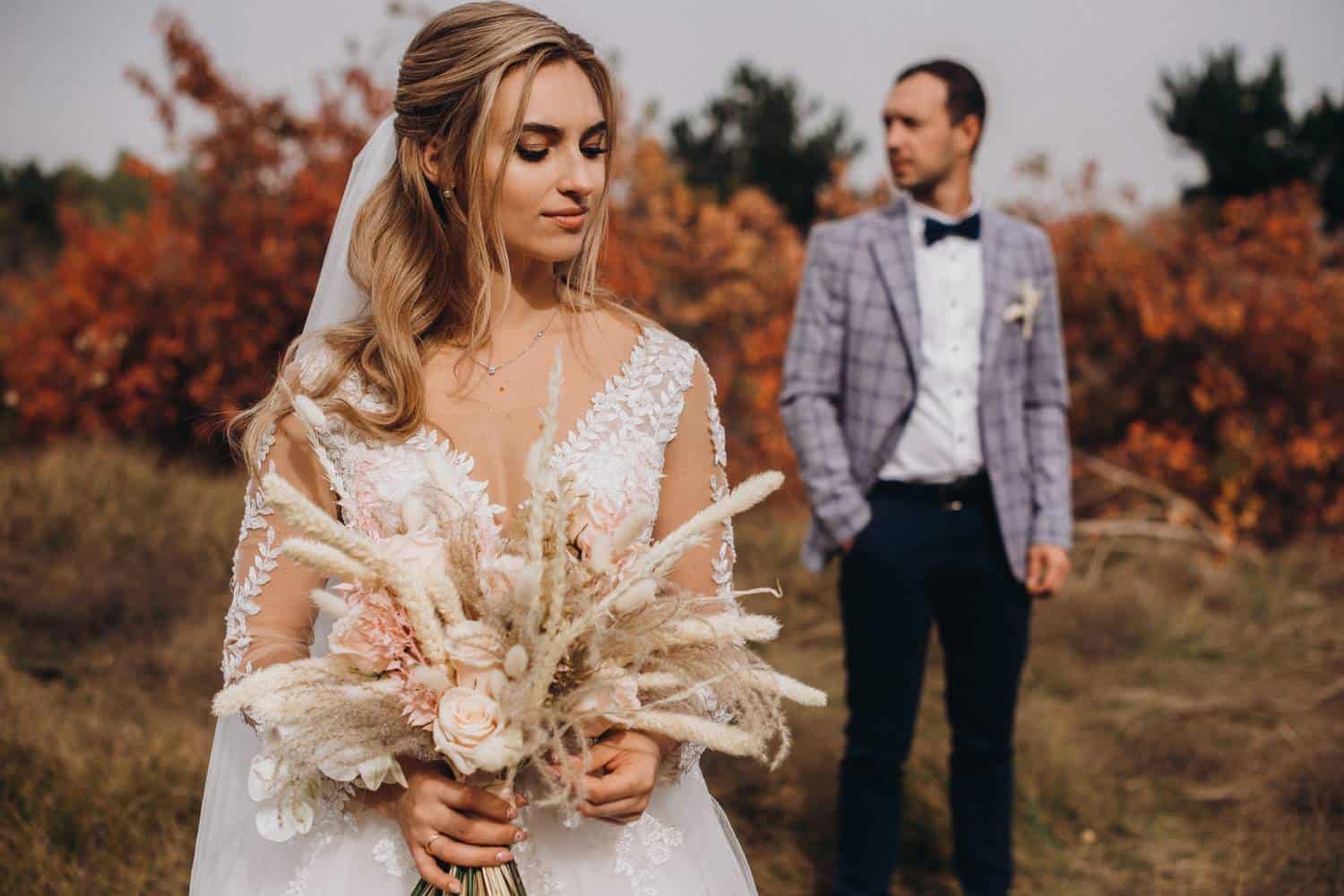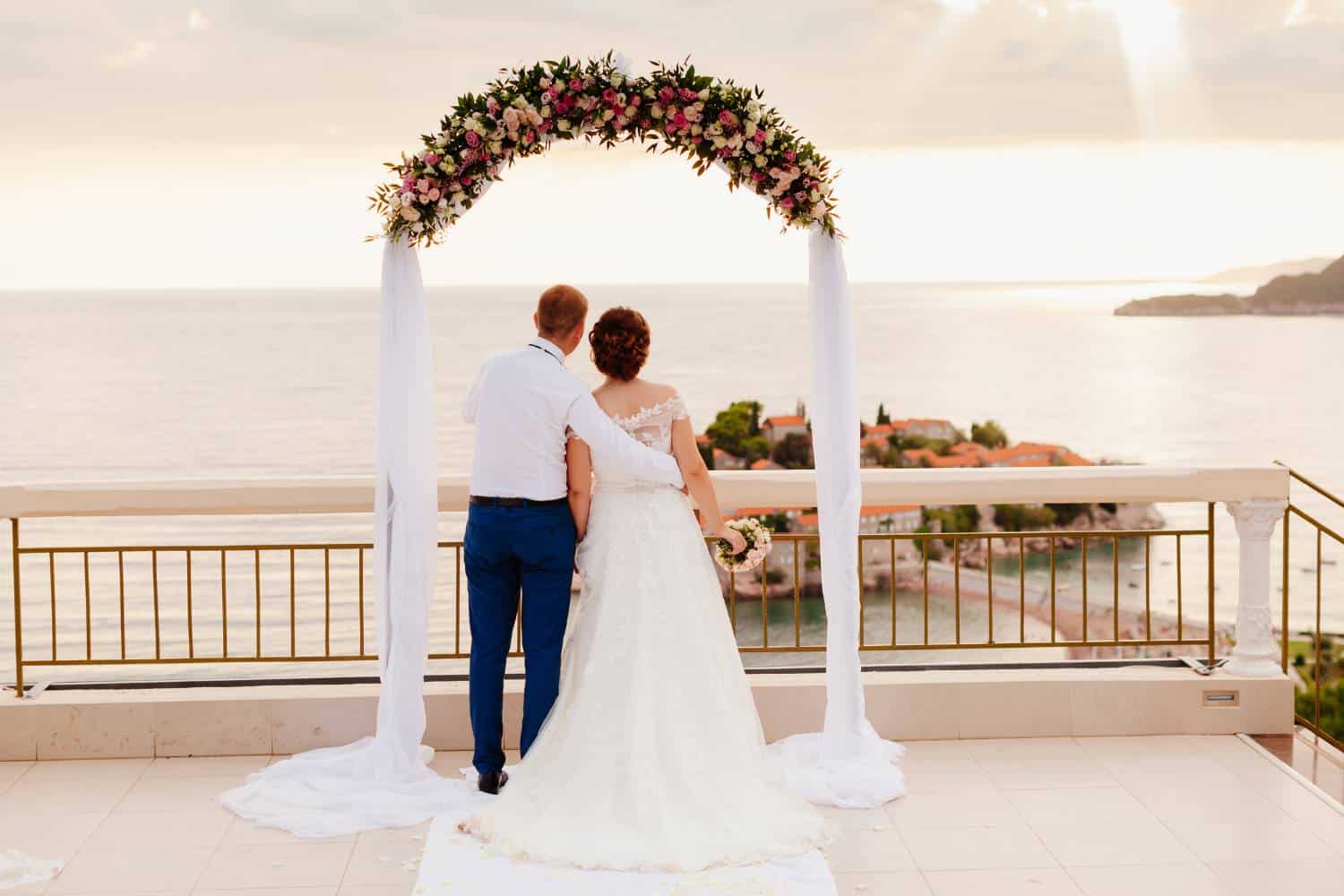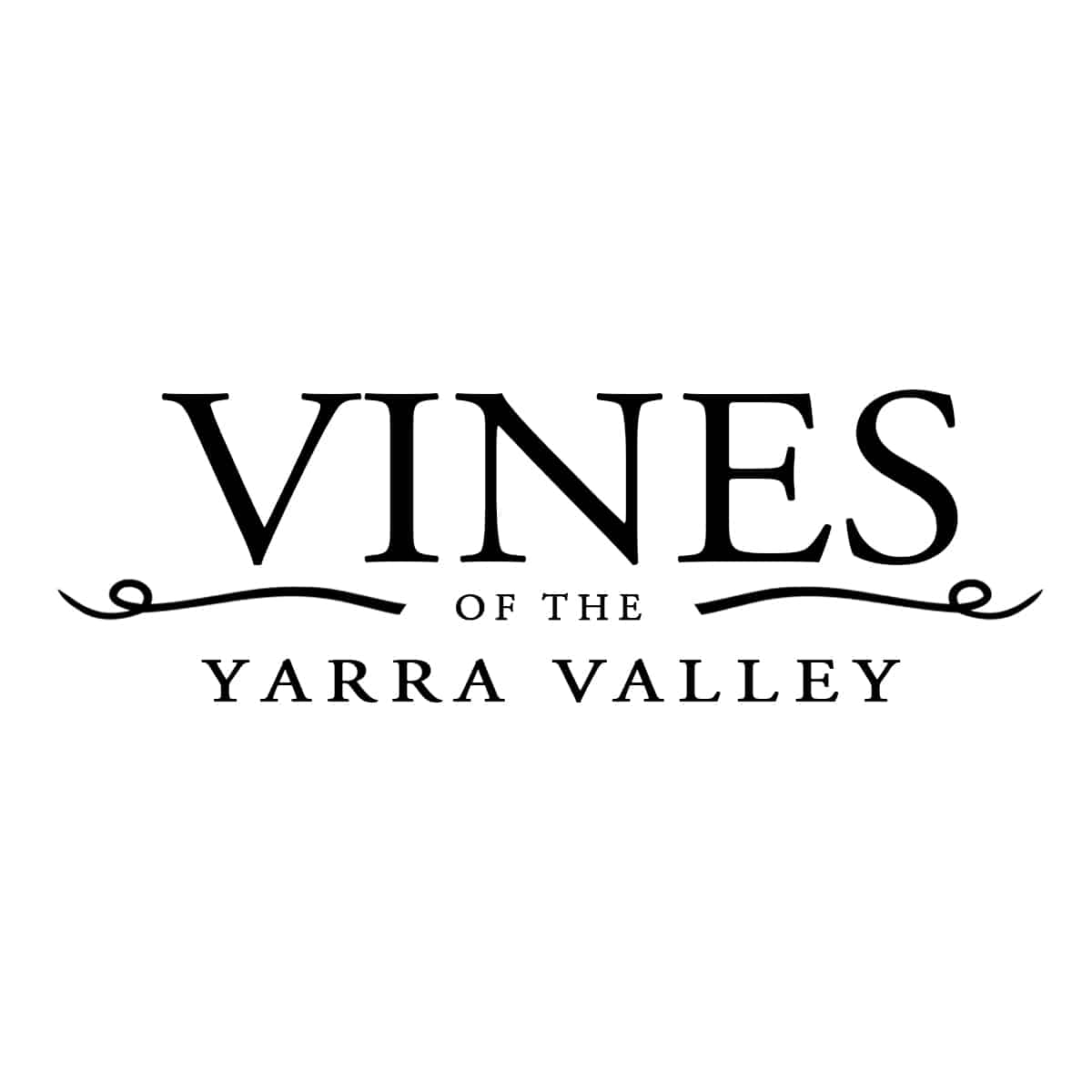Planning a wedding can be both exciting and overwhelming. Every couple wants their ceremony to be memorable and personal.
While no two weddings are exactly alike, most follow a similar structure that can be adjusted to reflect the couple’s preferences.
This guide provides an overview of a typical wedding ceremony’s flow, from the processional to the recessional, and covers key elements that make up the event.
The couple has the flexibility to create a unique ceremony that reflects their personalities and values.
Let’s get straight to the point
A wedding ceremony typically follows a structured format, but couples can personalise each element to reflect their unique relationship.
Key stages include the processional (entrance of the wedding party), readings, the officiant’s address on marriage, the exchange of vows, and a unifying ritual such as a candle lighting or sand ceremony.
The couple is then pronounced married, followed by a kiss, signing of the marriage license, and closing remarks from the officiant.
The ceremony ends with the recessional, where the newlyweds and guests exit joyfully, marking the start of the celebrations.
1. Processional
The wedding ceremony usually begins with the processional. This is the formal entrance of the wedding party, including the bride and groom.
In most cases, bridesmaids and groomsmen walk down the aisle in pairs, with the maid of honour and best man entering just before the bride and groom.
- Christian weddings: Traditionally, the bride is escorted by her father or a close family member, while the groom waits at the altar.
- Jewish weddings: The groom is often escorted down the aisle by both parents, followed by the bride, who is also accompanied by her parents.
Once the wedding party has taken their places, the processional concludes, marking the official start of the ceremony.
2. Readings
Many couples include readings during their ceremony. These can be religious, spiritual, or even selections from literature or poetry that hold significance for the couple.
- The couple may choose friends or family members to perform these readings, adding a personal touch to the ceremony.
- Some couples choose to write their own readings to share their unique thoughts on love and commitment.
These readings provide an opportunity to reflect on the significance of the marriage and its place in the lives of the couple.
3. Officiant’s Address
After the readings, the officiant addresses the couple. This is a significant moment where the officiant speaks about the meaning of marriage and the vows that the couple is about to make. The tone of the address can vary:
- Religious ceremonies: The address may incorporate elements of faith, emphasising the sacred nature of marriage.
- Civil ceremonies: The officiant may focus more on the legal and emotional aspects of marriage, without any religious context.
This part of the ceremony sets the stage for the vows, reminding the couple and their guests of the importance of the commitment they are about to make.
4. Exchange Of Vows
The vows are one of the most personal and meaningful parts of the ceremony. Couples have the option to use traditional vows or write their own, allowing them to express their feelings and intentions in their own words.
- Traditional vows: Many couples choose classic vows, often provided by the officiant, which reflect time-honoured promises of love and fidelity.
- Personalised vows: Some couples prefer to craft their own vows, speaking directly to each other about their relationship and future.
Regardless of the type of vows, this is the moment when the couple publicly declares their love and commitment to one another.
5. Unifying Ritual
Many weddings incorporate a symbolic unifying ritual, representing the union of two individuals into one partnership. Some popular options include:
- Candle-lighting: The couple lights a single candle from two individual candles, symbolising their unity.
- Sand ceremony: The couple pours two different coloured sands into one container, representing their coming together.
- Tree-planting: The couple plants a tree together, symbolising the growth of their marriage.
These rituals serve as a physical representation of the emotional and spiritual joining that takes place during the wedding.
6. Pronouncement Of Marriage
Once the vows and unifying ritual are complete, the officiant pronounces the couple as officially married.
This is the moment when the couple is declared as husband and wife (or partners in the case of non-gender-specific ceremonies).
- Religious ceremonies: The pronouncement may include a blessing or a statement about the couple’s new life together under the guidance of a higher power.
- Civil ceremonies: The pronouncement is often brief, focusing on the legal aspect of the union.
After the pronouncement, the couple is officially recognised as married, marking the beginning of their new life together.
7. The Kiss
Following the pronouncement of marriage, the officiant invites the couple to share their first kiss as a married couple. This is often one of the most memorable and photographed moments of the ceremony.
- Some couples opt for a simple kiss, while others may choose a more dramatic gesture, such as a dip or embrace.
The kiss symbolises the sealing of the marriage vows and serves as a joyful, celebratory moment for the couple and their guests.
8. The Signing Of The Marriage Licence
To ensure the marriage is legally binding, the couple and their witnesses must sign the marriage licence. This can be done during the ceremony or immediately after.
- Witnesses: Typically, the best man and maid of honour serve as witnesses, although other close friends or family members can also perform this role.
- Formalities: The officiant oversees the signing, ensuring that all legal requirements are met.
Once the documents are signed, the couple’s marriage is legally recognised, and they are free to proceed with the celebrations.
9. Unity Ceremony
Some couples choose to incorporate a special unity ceremony after the kiss. This ceremony can take various forms, such as:
- Candle lighting: A continuation of the earlier unifying ritual, emphasising the idea of two individuals becoming one.
- Sand ceremony or water blending: The couple mixes coloured sands or water, symbolising the blending of their lives.
This additional ceremony can provide a deeper level of meaning to the couple’s union and further personalise the ceremony.
10. Closing Remarks
Before the ceremony concludes, the officiant often gives some closing remarks. These can be words of wisdom, blessings, or wishes for the couple’s future.
- Religious ceremonies: The officiant may offer a final prayer or blessing for the couple’s life together.
- Secular ceremonies: The closing remarks may focus on the importance of love, commitment, and support from family and friends.
These remarks offer a sense of closure to the ceremony and mark the transition from the formal event to the celebrations that follow.
11. Recessional
The recessional marks the official end of the ceremony and signifies the joyful exit of the newlyweds.
This part of the wedding is symbolic as it represents the first walk the couple takes together as a married pair. The recessional follows a specific order:
- Newlyweds exit first: The bride and groom lead the recessional, walking down the aisle hand-in-hand as their guests celebrate.
- Ring bearer and flower girl follow: The children who participated in the ceremony exit right after the couple, continuing the joyful procession.
- Maid of honour and best man: These key members of the bridal party follow the couple.
- Bridesmaids and groomsmen: Paired up, the bridesmaids and groomsmen exit the ceremony location.
- Parents: Both sets of parents exit next, often met with applause and smiles from guests.
- Guests: Finally, the guests file out row by row, typically led by the ushers.
The recessional is often accompanied by uplifting music, such as a lively classical piece or a modern song that reflects the couple’s personality.
In some cases, guests may throw confetti or blow bubbles to celebrate the couple’s union. The recessional symbolises the end of the formal ceremony and the start of the festivities at the reception.
This joyful moment provides the newlyweds and their guests with an opportunity to celebrate together as they move from the ceremony to the reception.
Many couples choose to add their personal touch to the recessional, whether by selecting a specific song or including unique elements such as confetti, sparklers, or petals.
Conclusion
A wedding ceremony is a deeply personal and meaningful event that reflects the unique relationship of the couple.
While traditional elements such as the processional, exchange of vows, and pronouncement of marriage provide structure, couples are free to incorporate their own customs, rituals, and symbols to make the day truly their own.
From the readings and unifying rituals to the recessional, each part of the ceremony offers opportunities to infuse personal touches that capture the couple’s love story and values.
Whether grand or intimate, religious or secular, a wedding is a celebration of commitment, unity, and joy—a moment where family and friends come together to witness the beginning of a new chapter.
The beauty of any wedding lies in its reflection of the couple’s journey and the love they share.
Frequently Asked Questions
How does a wedding ceremony go step by step?
Traditional Wedding Ceremony Order
- The Processional. First off, the processional.
- Words of Welcome. Once everyone is in place, the officiant will say a few words of welcome.
- Introduction.
- Readings.
- Officiant Addresses Couple.
- Exchange Vows.
- Ring Exchange.
- The Kiss.
What actually happens at a wedding?
Traditionally, the speeches and toasts are given by the groom, the best man, and the father of the bride.
However, at modern weddings, you may well wish other people to speak, such as the bride and the maid of honour. Each speech ends with a toast to the bride and groom, the wedding party, and/or the guests.
Who usually pays for what in a wedding?
Traditionally, the bride and her family are responsible for paying for all wedding planning expenses, the bride’s attire, all floral arrangements, transportation on the wedding day, photo and video fees, travel and lodgings for the officiant if he comes from out of town, lodging for the bridesmaids (if you have offered).
How long do weddings last?
As a rule of thumb, wedding ceremonies typically last 30 minutes to an hour-although short and sweet wedding programs are okay, too-and most wedding receptions typically last four to five hours.
What happens after a wedding?
But what happens after the ceremony is over? The reception! Guests: Your guests are slowly exiting the ceremony and moving their way to the venue or reception location.
The cocktail hour is a great time to have your guests mingle, eat some hors d’oeuvres and wind down before the party gets started.



